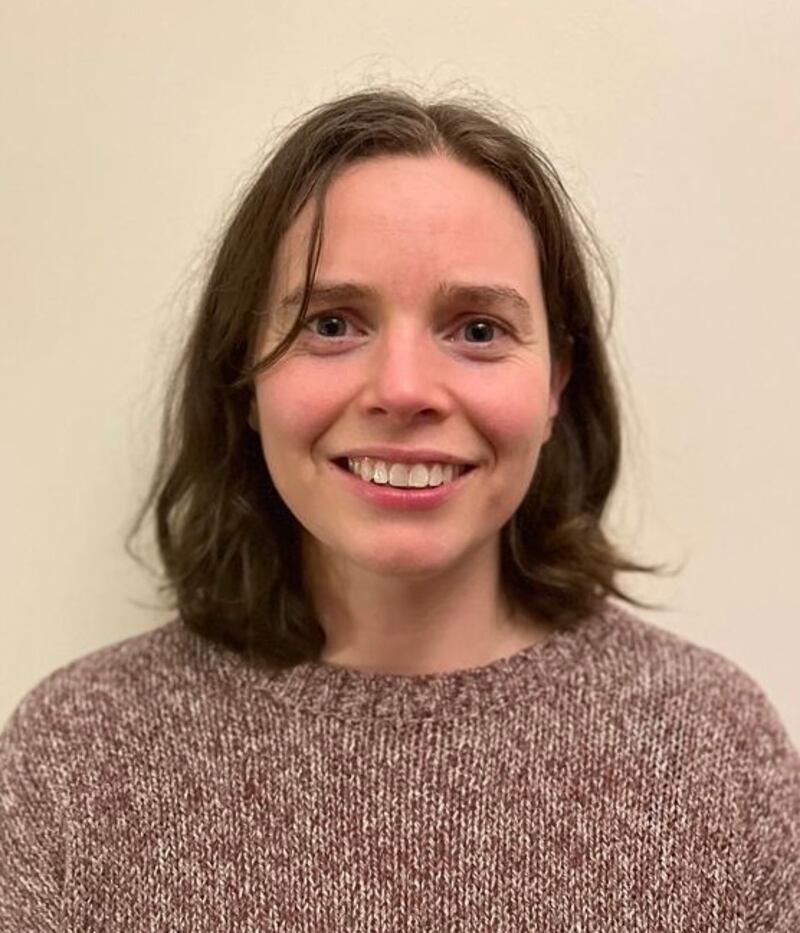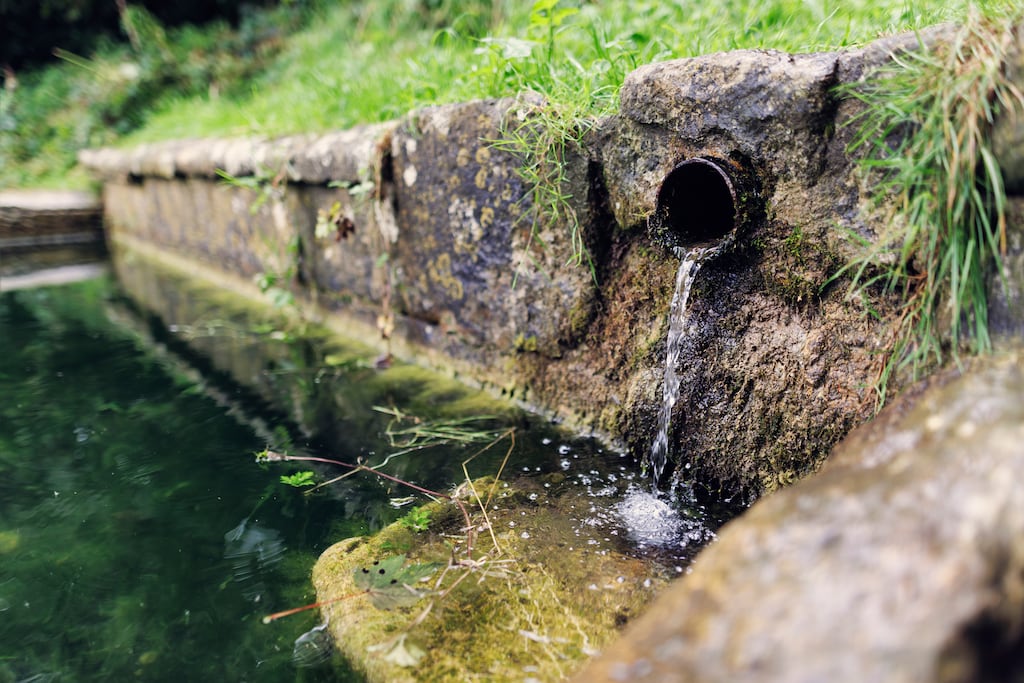As an island off the coast of Europe, one that is full of lakes and rivers and regularly pummelled with rain, Ireland thankfully has abundant water supplies. But when we talk about our water quality, it can be summed up as thus: the good, the bad, and the ugly.
On a mission to improve our water quality is Dr Ruth Quinn, PhD, a researcher and lecturer in civil, environmental and water engineering at Atlantic Technological University (ATU) in Sligo.
“Water is very, very important, both to our health and well-being but also culturally. Water has always been a significant feature in Irish ecology, for example, the animals and plants that we’re famous for, like the Salmon of Knowledge,” Quinn explains.
However, when our water sources are assessed under the EU Water Framework Directive, which has set out rules to prevent the deterioration of our water bodies, a mixed picture emerges.
“Some 50 per cent of our lakes and rivers are of good to excellent water quality,” notes Quinn. “Actually, Ireland is home to some of the last kind of pristine water bodies in all of Europe and we have some very unique features such as marl lakes.”
These high standards have been consistently maintained over the past number of years, but Quinn is unequivocal - it isn’t good enough.
“Although our water standards are solid and consistent, we’re not making any gains,” she explains. “We are kind of just toeing the line. We need to keep our areas that are pristine very, very good and we need to improve those areas that are falling behind.”
The challenge - and the opportunity - is that water quality issues can be attributed to any number of reasons, she adds. “There’s no one cause of water pollution, it’s a large number of things working together but we can change all of them so it’s not a hopeless case.”

Quinn’s expertise is in the small things - small scale water management systems, that is. She designs sustainable urban drainage systems, the purpose of which is to slow down the flow of rainfall runoff. This is an ask that has become especially pertinent in the era of climate change.
“Typically when it rains, especially in a lot of older cities across Ireland and across the world, we want to get the water away as quickly as possible, into storm drains, those grills that we see beside the road,” she explains. Sometimes, however, this means that the water rushes into combined sewer systems, where the rainwater mixes with our sewerage and shower and toilet water. Under normal circumstances, this is par for the course but in the era of extreme weather events, it can be disastrous from a public health perspective.
“Usually, it would go to the wastewater treatment plant and it’s not a big deal, but under climate change in Ireland we are seeing more extreme rainfall events that our sewer systems were not designed to cope with, so instead the sewerage system gets overloaded.”
Ultimately, Quinn says, this means having to discharge unfiltered wastewater into our lakes, into our rivers, and into our coastal areas. “This obviously isn’t very good for us if we are swimming in coastal areas and isn’t very good for the biodiversity and the flora and the fauna that live there.”
What Quinn is investigating as part of her research, which is supported by Research Ireland, is the crucial role that individuals can play in combating this ecological no-no.
“What I’m really interested in is how we as communities can come together and help slow the flow itself,” she explains. “One of the solutions is this concept of sustainable urban drain systems.” These come in various forms, but the selling point is that even one small system can have significant knock-on benefits.
“For example, you could have something like a rain garden, which is a vegetated depression that exists beside large impervious surfaces, such as car parks. By directing the rainfall runoff into that rain garden, it will instead percolate through into the groundwater and be retained, so it captures and allows that water to infiltrate instead of going into the conventional sewage system.” These mini drainage systems can be dotted all over, from people’s gardens to public areas, all helping to prevent sewer overflow.
While an engineering solution is to build huge tanks for this sewer overflow and simply treat it after the fact, the community approach not only protects our water quality, it has priceless additional impacts on biodiversity and general health and wellbeing, notes Quinn.
This shared responsibility in harnessing the power of regeneration is a central theme of Science Week 2024. The decisions we make today will greatly impact future generations and it’s important to learn from the past in order to protect our natural world and create more sustainable approaches and solutions.
“We know that green spaces are tied to health and well-being and we know that taking care of spaces and having a positive impact on our environment and allowing communities to have a positive impact on their environment, is associated with positive emotions and positive feelings around climate change and around other bigger environmental issues,” Quinn states. “It’s about creating solutions that people can have ownership of and also have multiple benefits rather than just simply fixing our water quality. So I think, how can we use our outdoor spaces, which are so impactful on water quality, and on biodiversity, to engage people with these things and also help alleviate some of our social and health and wellbeing issues as well? And if we have control over our own environment, and if we engage with it and see the positive changes that do come with certain initiatives, we can begin to see the larger changes that we can actually make to solve the bigger issues.”
This “citizen science” approach will be invaluable as we try to get to grips with the impact of climate change. And hundreds of examples of how one can become a “citizen scientist” will be discussed at Science Week events around the country this week. At ATU, they will be asking the public to design a community space using 3D printed materials, a project Quinn is excited about for a multitude of reasons.
“We want to know how would you design a community space in a town square versus how would you design a community space which is beside a busy road? What shape of seating would you like to see, how much planting would you like to see? That’s how we as scientists and engineers get a better understanding of what’s working and what we need to look at.”
For details on all the activities taking place during Science Week around Ireland and virtually visit www.scienceweek.ie














